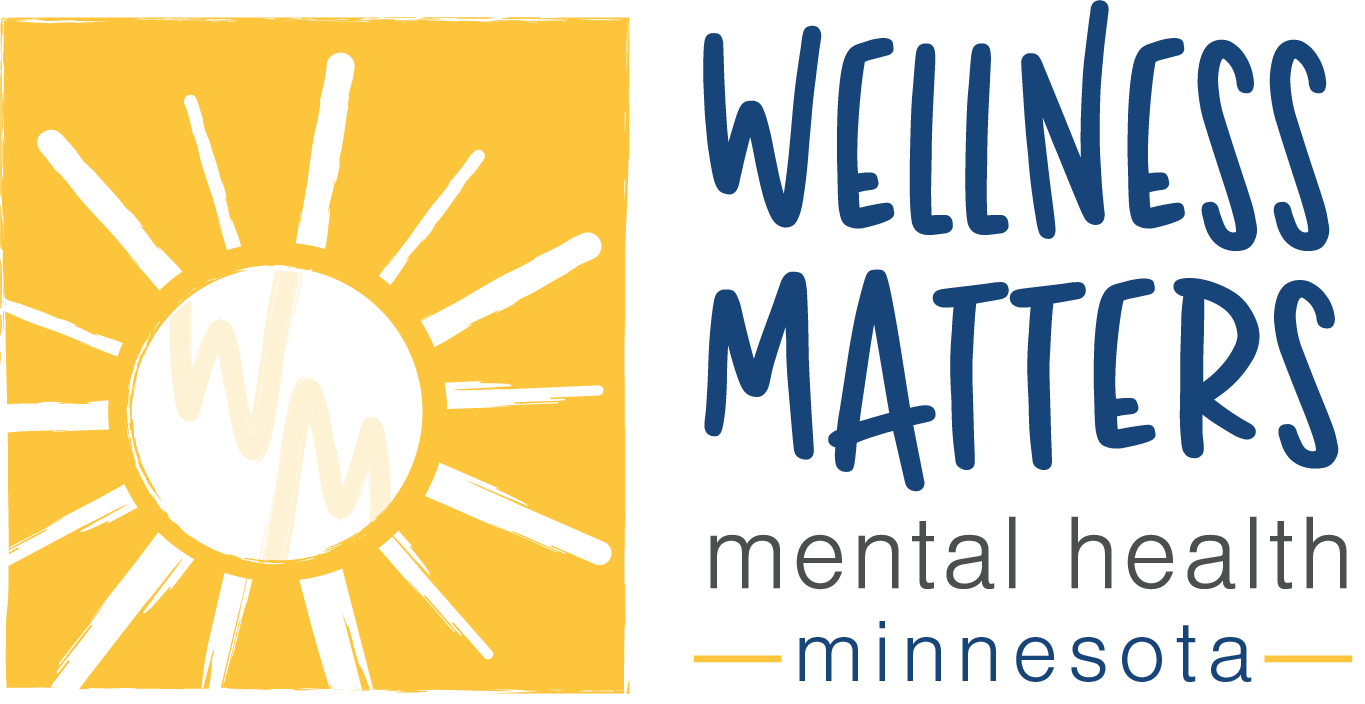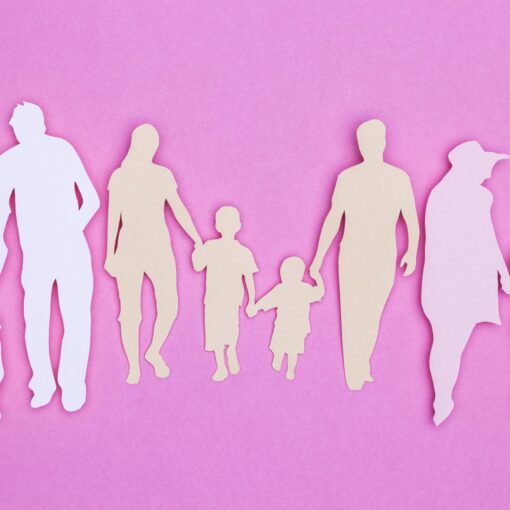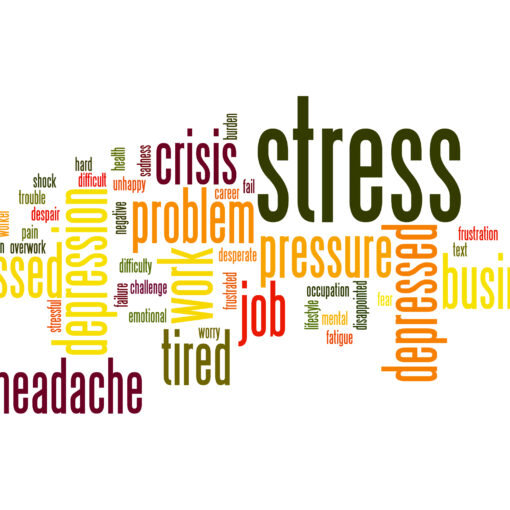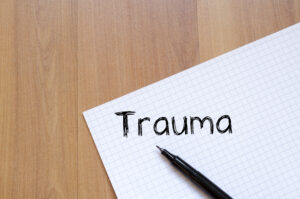
Most of us think we have a basic idea of what trauma is and what it looks like. Unfortunately, those thoughts and ideas have likely been influenced by media, television, movies, and even anecdotes from people in our lives. Trauma is often far more nuanced than what you might see on the silver screen.
Understanding the ins and outs of trauma can make it easier for you or your loved ones dealing with it to heal. It can also foster a culture that has a stronger grasp on mental wellness. With that in mind, let’s take a closer look at what trauma truly is and how you can heal from it no matter when it happens.
The Basics of Trauma
Trauma can be defined as an overwhelmingly frightening, stressful, or distressing event or experience. We often think about things like soldiers coming home from war when it comes to trauma and what they must have seen or experienced while they were there.
But trauma can be anything from a domestic abuse situation to childhood neglect. It can be very personal, or it can be something you witnessed that you weren’t directly a part of. Those single instances are often referred to as acute trauma. Something like domestic violence or child abuse is considered chronic or complex trauma.
While trauma itself isn’t a mental illness, it can often trigger other mental health issues, including depression and anxiety. The event has to be distressing enough to disrupt your life and your thoughts on a regular basis. If that sounds familiar and you find yourself living in a state of fear or anxiety, it’s like you’ve experienced some type of trauma in your life.
What Are the Signs of Trauma?
Unfortunately, many people who experience trauma at a young age or over time will work very hard to block it out. It’s a natural response that is essentially your brain’s way of protecting you.
Unfortunately, the effects of trauma never really leave. Whether you’ve acknowledged your experience or not, some of the common symptoms associated with someone who has been through trauma include:
- Sadness
- Anxiety
- Fatigue
- Flashbacks/vivid memories
- Dissociation
- Numbness
Trauma impacts everyone differently so that certainly isn’t an exclusive list of symptoms. However, if you’ve experienced one or more of them or continue to struggle with some of them on a daily basis, you could be more impacted by trauma than you realize.
What Can You Do?
Trauma survivors can often struggle with guilt or shame over what they’ve been through, even though it isn’t their fault. Accepting that you’re struggling and letting go of that guilt is the first step toward true healing.
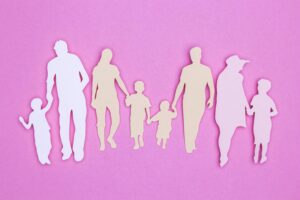
Thankfully, you don’t have to go through any of it on your own. If you’re ready to acknowledge your trauma and take control of your life again, consider reaching out for professional and personal help. Your family and friends can be a big source of support. Sometimes, opening up to people you can trust about what you’ve experienced will make a huge difference in the weight of your trauma.
It’s also worth reaching out to support groups with other trauma survivors. Hearing other people’s stories and learning how they’ve managed to move forward can give you both hope and motivation. Finally, working directly with a therapist that has been trained in treating trauma will not only help you uncover the root cause of your trauma but work on healthy ways of coping and getting rid of the fear.

Wellness Matters has therapists who specialize in helping people with managing trauma. They have taken the time to receive specialized training in evidence-based approaches to working through trauma and reclaiming your happiness! And with immediate openings and online options, they are available to work with you today!
Feel free to contact Wellness Matters to set up an appointment. You can connect with the Wellness Matters Intake Coordinator by texting or calling 218-616-1276.
At Wellness Matters, the intake process is all on-line. On-line appointments make it possible to attend appointments from the comfort from your home or office. In-person services may also be available for people living in northern MN.
